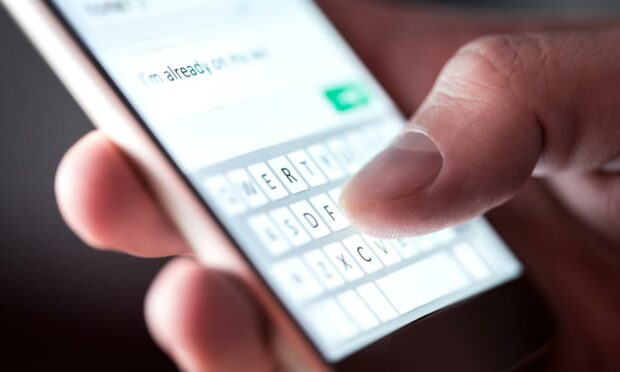You would think that the written word is a fairly safe way to communicate things.
What could possibly go wrong when what you want to say is laid down in black and white?
Think of all the columns, like this one, that have appeared in newspapers since newspapers began in the UK in the mid 17th century. News. Opinion. Sport.
Think of all the books written over the centuries, too, covering everything from the fantastical to the factual and all shades in between.
Think of all the letters that have ever been written.
And think too, of all the texts, emails and blogs that are sent and published daily in these more modern times.
When you think about it, we have had a lot of practice at writing things down, haven’t we?
Written words don’t always come with context
And yet we can still manage to miscommunicate. The written word can accidentally and unintentionally cause offence when none was meant.
Perhaps that is especially true in this age which allows us to send messages so quickly. Sometimes too quickly.
I defy anyone who is used to using technology to say that they have never once pressed “send” and, either deliberately in a fit of pique or accidentally, said something that two minutes later they regretted.
But regular users will also know that you can send something that seems innocuous enough, but when it’s read is taken a completely different way – one you never anticipated – and it causes World War Three.
The problem is that words on paper or on a screen don’t come with an accompanying tone of voice that helps to make sense of them and put them in context. The words are bald. Bare. Stark.
Ease of communication has ended up muddying the waters
It seems that if we want to communicate accurately, we need to do it face to face.
It is a combination of what is said along with how a thing is said that helps us to get a more accurate feel for what a person is trying to tell us
But then, these days, even that is not quite so simple. Conversations recently have taken place behind face masks. That puts us at a real disadvantage, since most people take their cues not just from the words that people speak, but also the facial expressions people use – both the deliberate ones and those they might have liked to hide but are not able to.
It is a combination of what is said along with how a thing is said that helps us to get a more accurate feel for what a person is trying to tell us.
It does seem a bit incongruous that, in an age when it has never been easier to keep in touch with others, that ease of communication has actually ended up muddying the waters and making any attempts at communication all the more complicated and fraught with danger.
I suppose what I’m saying is that when it comes to the written word, we shouldn’t sacrifice taking care over what we say for the sake of speed.
Imagine you only have a limited number of words to use
Not that I talked a lot as a child, but I can remember when I was still quite young my dad asking me to imagine that I had only a limited number of words to use in my lifetime. I shouldn’t use them all at once, he suggested.
The massive hint was to look at words as precious and not to be wasted. I was to think before speaking and to choose the words I used carefully.
And, in fact, I don’t think that is such bad advice all these years later, when it comes to very modern texting and emailing and messaging – things that never existed when I was growing up.
But it is not just words that are precious.
People are precious – whether you agree with them or not
I listened to Jason Leitch, Scotland’s National Clinical Director, giving a lecture last week on leadership in a pandemic. He said lots of good and thoughtful things, but there was also a wee glimpse into his personal life when he spoke of having given up reading comments on his Twitter posts because so many of them are vile.
While words are precious, people are even more precious still. Even those who, for whatever reason, we cannot agree with or get along with.
No one deserves to read words that are hateful, threatening, unkind or, worse still, deliberately abusive.
So, here’s your mission for the days ahead: to care enough for those you come into contact with, to think before you write (and speak).
Bless you.
The Very Rev Susan Brown is minister of Dornoch Cathedral and the former moderator of the General Assembly of the Church of Scotland


